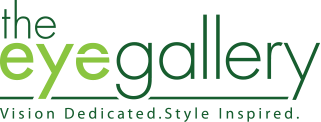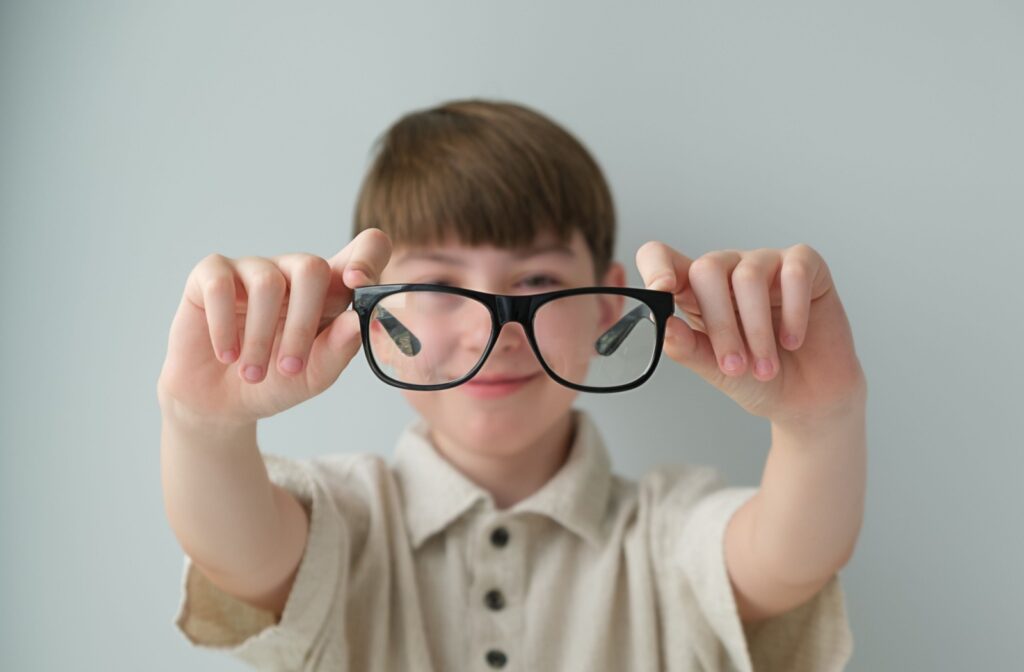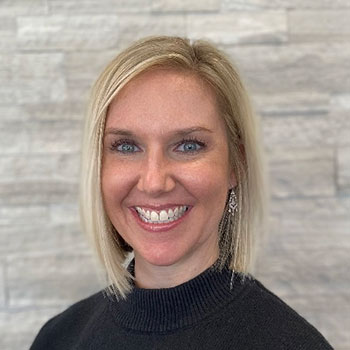As a parent, you want to protect your child’s vision for a lifetime. When you learn your child has myopia, also known as nearsightedness, it’s natural to have questions. This condition means their distance vision is blurry, and because it often progresses throughout childhood, regular children’s eye exams are crucial for monitoring their eye health.
While myopia cannot be reversed, several effective treatments can help slow its progression and protect your child’s long-term eye health. Modern eye care offers more than just standard glasses to manage this common vision condition, and a dedicated plan can make a significant difference for their future.
What Is Myopia and Why Does It Worsen in Kids?
Myopia is more than just blurry distance vision. It occurs when the eye grows too long from front to back. Understanding why it develops can help you better support your child’s eye health.
A Simple Look at Nearsightedness
If your child is nearsighted, objects far away look blurry while close-up objects remain clear. You might notice them:
- Squint to see the board at school
- Sit closer to the television
- Complain of headaches or tired eyes
The Reasons Myopia May Progress
Myopia often begins in childhood when the eyes are still growing. This progression can happen quickly. Factors that contribute to worsening myopia include eye growth, genetics, and lifestyle habits—like too much time on near-focused activities.
Long-Term Eye Health Concerns
When myopia becomes more severe, it’s called high myopia. Slowing the progression of nearsightedness in childhood can reduce the chances of developing serious eye conditions later in life. These can include cataracts, glaucoma, and retinal detachment.
Treatments to Slow Myopia Progression
Today, you have more options than just standard single-vision glasses to manage your child’s vision. Several treatments are designed not just to correct blurriness but also to slow down how quickly myopia gets worse. Your eye doctor can help you decide which of the following myopia control approaches fits your child’s needs.
Specialized Eyeglasses
These are not your typical glasses. They feature specially designed lenses with different focus areas that correct your child’s distance vision while signaling the eye to slow its growth.
Myopia Control Contact Lenses
Similar to specialized glasses, these multifocal soft contact lenses have different zones of power. The center corrects blurry vision, while the outer parts of the lens help slow myopia progression. They are worn during the day just like regular contacts.
Overnight Lenses or Ortho-K
Orthokeratology, or ortho-k, involves wearing custom-fitted rigid contact lenses overnight. The lenses gently reshape the front surface of the eye while your child sleeps. They remove the lenses in the morning and can often see clearly all day without glasses.
Low-Dose Atropine Eye Drops
These prescription eye drops are used once a day, usually at bedtime. Studies show that low-dose atropine can effectively relax the eye’s focus mechanism, which can slow down the eye’s growth. Your child will still need to wear their regular glasses or contacts to see clearly.
Lifestyle Habits and Your Child’s Vision
Daily routines can have a big impact on your child’s eye health. With a few small adjustments to their environment and habits, you can help support professional myopia treatment and promote healthier vision every day.
The Importance of Outdoor Time
Encourage your child to spend at least 90 minutes outside each day. Research suggests that natural light and looking at distant objects give their eyes a much-needed break from close-up work. This simple habit can help slow myopia progression.
Set Healthy Screen Time Limits
Balancing digital device use with other activities is key. Teach your family the 20-20-20 rule: Every 20 minutes, take a 20-second break to look at something at least 20 feet away. This simple habit can help reduce digital eye strain.
Good Habits for Indoor Activities
Make sure your child has good lighting for reading and homework to prevent unnecessary eye strain. Encourage frequent breaks during any activity that requires intense focus. This includes everything from building with blocks to reading a favorite book.
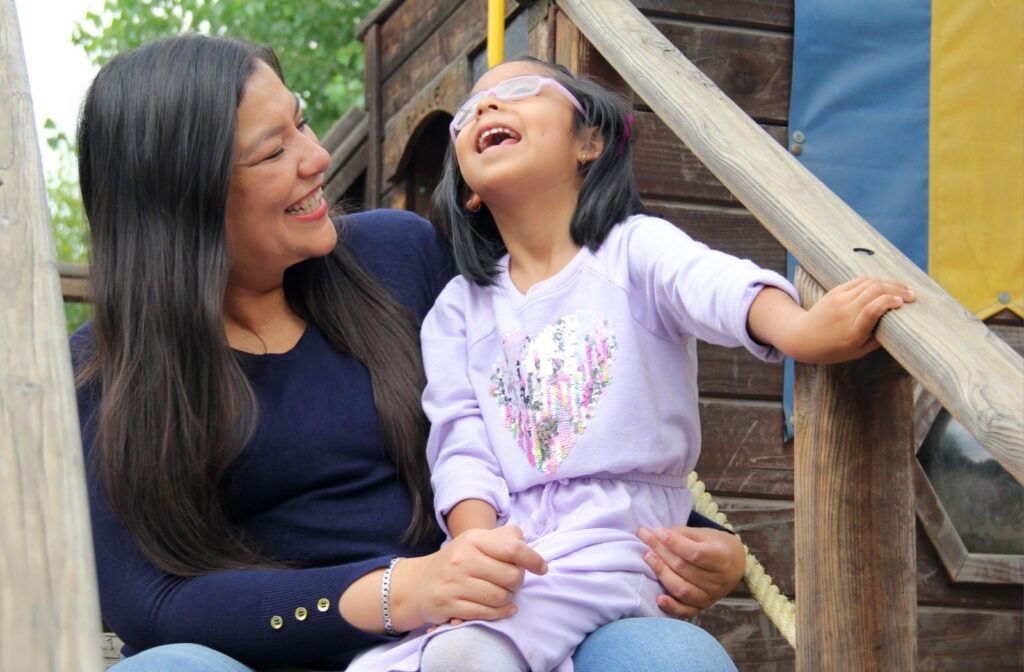
Common Questions from Parents
It’s normal to have a lot of questions about your child’s diagnosis. It helps to have straightforward answers to some of the most common concerns. Here are a few things parents often ask about myopia.
Can Myopia Be Reversed or Outgrown?
Currently, there is no cure for myopia, and children do not outgrow it. The goal of treatment is not to reverse the condition. Instead, we aim to slow down its progression and prevent it from becoming severe.
At What Age Does Myopia Usually Stabilize?
Myopia progression typically slows down and stabilizes in the late teens or early 20s. By starting treatment early, you can help manage the final prescription your child ends up with as an adult. This gives them a better outlook for their long-term eye health.
When Should My Child Start Treatment?
The best time to start myopia control is as soon as it’s detected. Early action gives your child the greatest opportunity to slow the progression of their nearsightedness. This is why early detection and management are especially important during their key growing years.
How Your Eye Doctor Tracks Your Child’s Vision
Partnering with an eye doctor is the most effective way to manage your child’s myopia. We have the tools and knowledge to monitor your child’s vision. This partnership helps us create a personalized and effective plan.
The Role of Regular Eye Exams
During comprehensive eye exams, we do more than just a vision test. We measure the power of your child’s lens prescription and may also measure the length of their eyeball. These measurements show how well a treatment is working over time.
Find the Right Approach for Your Family
The right treatment depends on many factors, including your child’s prescription, age, and hobbies. It also depends on their comfort with different options. Your Wichita eye doctor can walk you through the pros and cons of each method.
A Conversation with Your Eye Doctor
An open discussion helps create the best plan for your child. When you meet with an eye doctor, feel free to ask questions about treatments and lifestyle tips. We are here to help you understand what to expect as your child grows.
Book Your Child’s Myopia Consultation Today
Taking proactive steps to manage your child’s myopia can protect their vision for years to come. At The Eye Gallery, our team is dedicated to providing compassionate and reliable care for your entire family.
Schedule a consultation with Dr. Nola at The Eye Gallery in Wichita, KS, today to discuss a personalized myopia control plan for your child.
